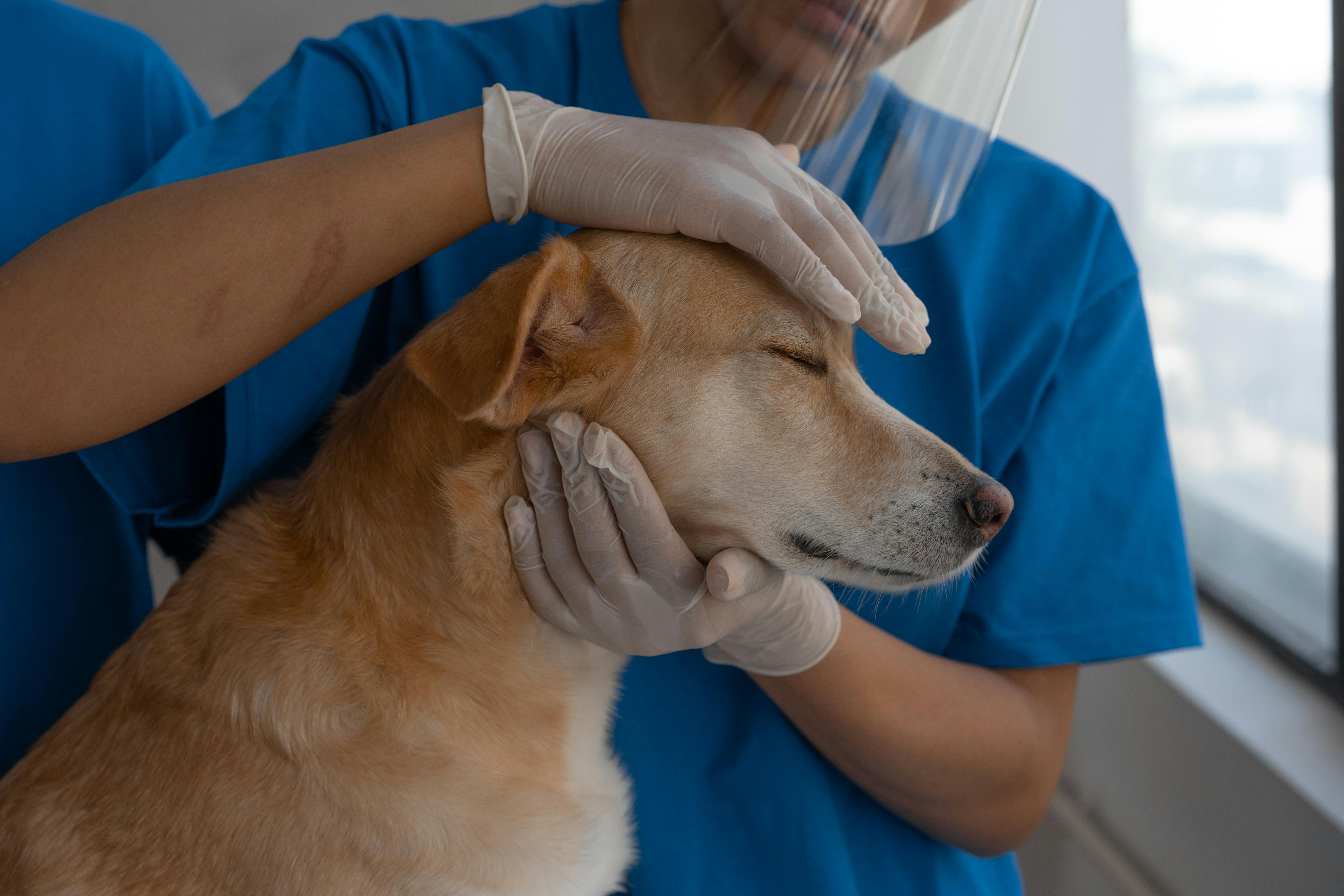Discover how pet insurance supports responsible pet care
Pet insurance has become an increasingly important topic for pet owners who want to better understand how to manage veterinary costs and ensure long-term care for their animals. While every pet is unique, unexpected medical needs can arise at any time, creating stress for families. Learning about pet insurance can help owners become more informed about the options available, the types of coverage provided, and the role insurance plays in supporting responsible pet care. By gaining knowledge in this area, pet owners can make better decisions for the well-being of their pets without being caught off guard by unforeseen circumstances.

1. Understanding the purpose of pet insurance
Pet insurance is designed to provide financial support when pets require medical care. While routine checkups and vaccinations are often manageable for most owners, sudden illnesses, injuries, or chronic conditions can lead to significant expenses. Insurance offers a structured way of sharing these risks, ensuring that veterinary treatment remains more accessible. Importantly, pet insurance does not prevent illness but can help reduce the financial stress associated with treatment.
2. Types of coverage available in pet insurance
Pet insurance policies vary, but most fall into three main categories: accident-only coverage, illness coverage, and comprehensive coverage. Accident-only plans may support treatments related to injuries such as fractures or ingestion of foreign objects. Illness coverage extends to conditions like infections or chronic diseases. Comprehensive plans combine both, sometimes including preventive care such as vaccinations or dental cleaning. Knowing the differences helps owners identify the scope of protection suitable for their pets.
3. Benefits of pet insurance for pet owners
One of the main benefits of pet insurance is financial predictability. Veterinary costs can be unpredictable, and having insurance provides a buffer against sudden expenses. Additionally, insurance allows owners to make decisions based on the best medical advice rather than financial constraints. For many families, this means being able to choose advanced treatments, diagnostic tools, or specialist care when needed, knowing that part of the cost may be offset.
4. The role of pet insurance in preventive care
Some insurance providers include preventive care benefits. While not all policies cover wellness visits, those that do encourage owners to schedule regular checkups, vaccinations, and screenings. Preventive care not only keeps pets healthier but also reduces the risk of costly emergencies in the future. By including wellness benefits, insurance can promote proactive health management rather than reactive treatment.
5. How pet insurance supports long-term pet care
Pets, like humans, may develop chronic conditions such as arthritis, diabetes, or heart disease. Managing these conditions often requires ongoing treatment, medication, and monitoring. Pet insurance can provide consistent financial support throughout the course of long-term care. This stability helps owners focus on maintaining the pet’s quality of life instead of worrying about unpredictable expenses.
6. Key factors to consider when learning about pet insurance
When exploring pet insurance, it is important to understand terms such as deductibles, reimbursement rates, and coverage limits. Deductibles represent the amount owners pay before insurance begins to contribute. Reimbursement rates determine what percentage of eligible costs are covered, while coverage limits set a maximum payout. Familiarity with these concepts allows owners to better evaluate whether a plan aligns with their expectations and circumstances.
7. Broader role of pet insurance in society
Beyond individual households, pet insurance also reflects the growing recognition of pets as family members. By formalizing financial planning for veterinary care, insurance contributes to higher standards of animal welfare overall. In communities where pet insurance is common, veterinary clinics can expand their services, and pet owners may feel more empowered to seek professional help when needed.
8. Conclusion: Learning for responsible ownership
Pet insurance is not a universal solution, but it represents one of the tools that can help owners manage the responsibilities of pet care. By understanding the purpose, coverage options, benefits, and considerations, owners gain knowledge that supports more responsible decision-making. Whether or not an individual chooses insurance, awareness of its role encourages better planning and highlights the importance of long-term commitment to pet health.







